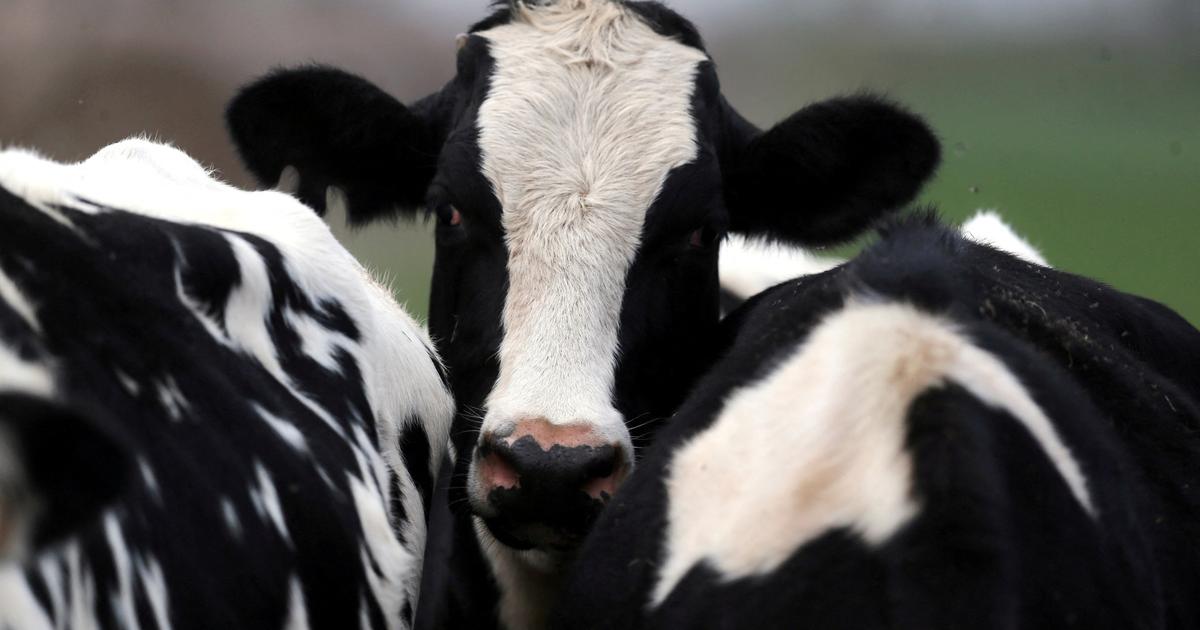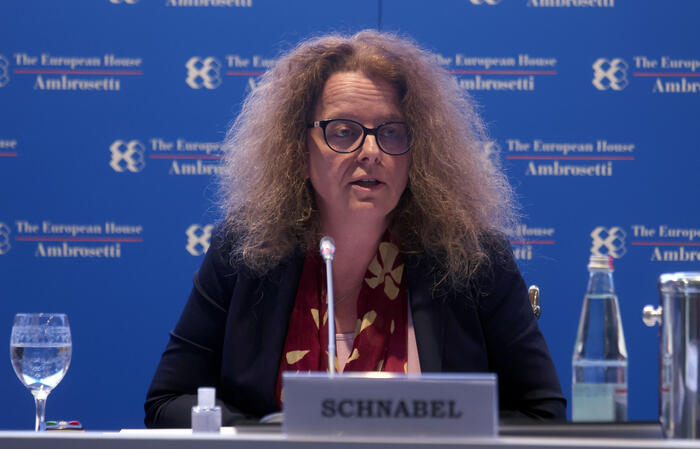Damascus-SANA
The number of livestock of all kinds decreased by between 30 and 50 percent during the years of the terrorist war on Syria as a result of being subjected to smuggling, theft and indiscriminate slaughter, as animal production contributes by 36.2 percent of the total agricultural output and 39 percent of the GDP, according to those in charge of this sector.
In terms of numbers, the number of cows decreased by 30 percent, sheep by 40 percent, and the poultry sector decreased to 50 percent, according to the Director of Animal Production at the Ministry of Agriculture, Dr. Osama Hammoud.
Hammoud pointed out, in a statement to SANA reporter, that the number of livestock recorded for the year 2020 is office numbers based on the growth rates of the herd, as the number of cows was estimated at more than 882 thousand heads, and sheep about 16 million heads, and the number of goats exceeded 2 million heads, while the number of camels was estimated at about 40 thousand heads .
The total number of poultry farms of all kinds exceeded 12 thousand, about 7,000 of them were working, while the rest were out of service due to war conditions.
Regarding the support provided by the Ministry of Agriculture and Agrarian Reform to restore the herds, Dr. Hammoud stated that in 2018, 5011 of the buckwheat of pregnant cows were imported and distributed to the facilities of the General Organization for Livestock and to breeders through soft loans over five years and a 10-month rest period to supplement the herd numerically and introduce high genetic traits In addition to benefiting from male newborns, for their adoption of many artificial insemination within the project to spread and popularize artificial insemination, which is provided by the Ministry to cows free of charge, at an annual cost estimated at about 2 billion Syrian pounds.
Hammoud pointed out that the facilities of the General Corporation for Livestock, the General Corporation for Poultry and the General Corporation for Feed have been rehabilitated to restore their role in supporting livestock and the local market.
As for the sheep sector, Hammoud explained that work is underway to restore the breeding projects of Awassi sheep and Shami goats in scientific agricultural research centers, and to distribute the improved heads to breeders and follow up with them.
In the poultry sector, Hammoud said that there are several difficulties, including reliance on imported feed, which constitutes 75 percent of the costs of raising it, in light of the unjust economic siege on Syria, noting that a number of measures have been taken to support the sector, including exempting poultry feed from the import supply of 40 percent of The value of imports and the granting of final licenses to poultry that meet the licensing conditions to encourage a return to breeding and allow the manufacture of some feed alternatives.
Hammoud pointed out that the ministry secured more than 773 tons of feed and feed additives this year, including yellow corn, soybean meal and barley.
Mehran Mualla
SANA Economic Bulletin















